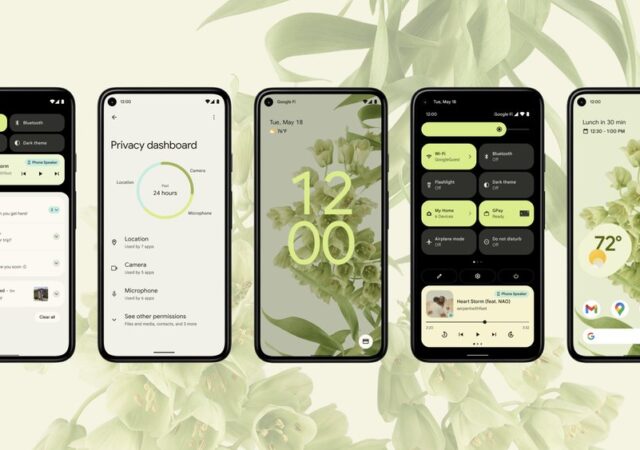Honor scores a win with the confirmation of the company’s upcoming device shipping with Google Play Services.
[Google I/O 2021] Android 12 is a Big Visual Change for You
Google I/O sees the introduction to Android 12. The latest generation of the world’s most popular OS gets a major design overhaul.
Google I/O 2021: Everything You Need to Know
Google I/O 2021 proved to be the biggest one yet, not just in terms of numbers, but in terms of what they have announed for 2021 and beyond.
OPPO A74 Makes Malaysian Debut While the Reno5 Gets A Price Cut
OPPO is getting really busy with more and more devices coming into the Malaysian market. Just a few weeks back, the company launched their most affordable 5G smartphone, the OPPO A74 5G. The 4G variant of the OPPO A74 is…
Samsung and Lenovo Not Attending MWC 2021 in-Person.
Samsung and Lenovo joins the likes of Google, Sony, Nokia, Ericson, and Oracle in backing out of physical presence in MWC 2021
Qualcomm Processors Have A Worrying Security Flaw
Qualcomm’s processors are affected by a serious vulnerability which could put user data such as call logs, sms and even calls themselves at risk.
Wear OS Gets New GBoard -Fresher, Faster, Better
Google’s GBoard app now comes to Wear OS. The new default keyboard is more streamlined, faster, and better than before.
Google I/O 2021 Full Schedule is Out – What to Expect from Google in 2021
Google I/O is set to happen 18th May 2021 onward. The conference is expected to see a bunch of updates to Google’s ecosystem including Android

















